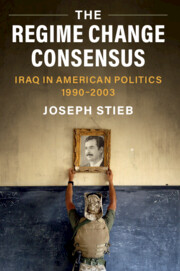Chapter 4 introduces the rules and importance of theory, then derives a Unified War Theory (UWT) that leverages insights from earlier chapters to define key aspects and relationships pertaining to politics, strategy, and combat. The chapter also establishes theory’s relevance to strategy, historical analysis, warfighting, and doctrine, then relates politics, power, influence, and ideology to war, including how autocratic and democratic governance reduces but cannot eliminate the potential for conflict. The chapter defines the nature and character of war, outlines the levels of war and strategy, and explains that cause, capacity, and will to fight comprise the “engine of war.” Additional analysis includes war’s fractal nature, warfighting domains, chance, chaos, and momentum. Next, the chapter presents a “fluidic” metaphor and defines force “viscosity,” a property based on directness, acceleration, restriction, cohesion, and concentration that reconciles war’s regular and irregular forms. The chapter offers a “war-viscosity algorithm” that illustrates the dynamics of viscosity, including how and why war’s forms change, and it concludes by examining the UWT’s value and implications vis-à-vis historical analysis, domain theory, terrorism, nuclear weapons, and ethics.
